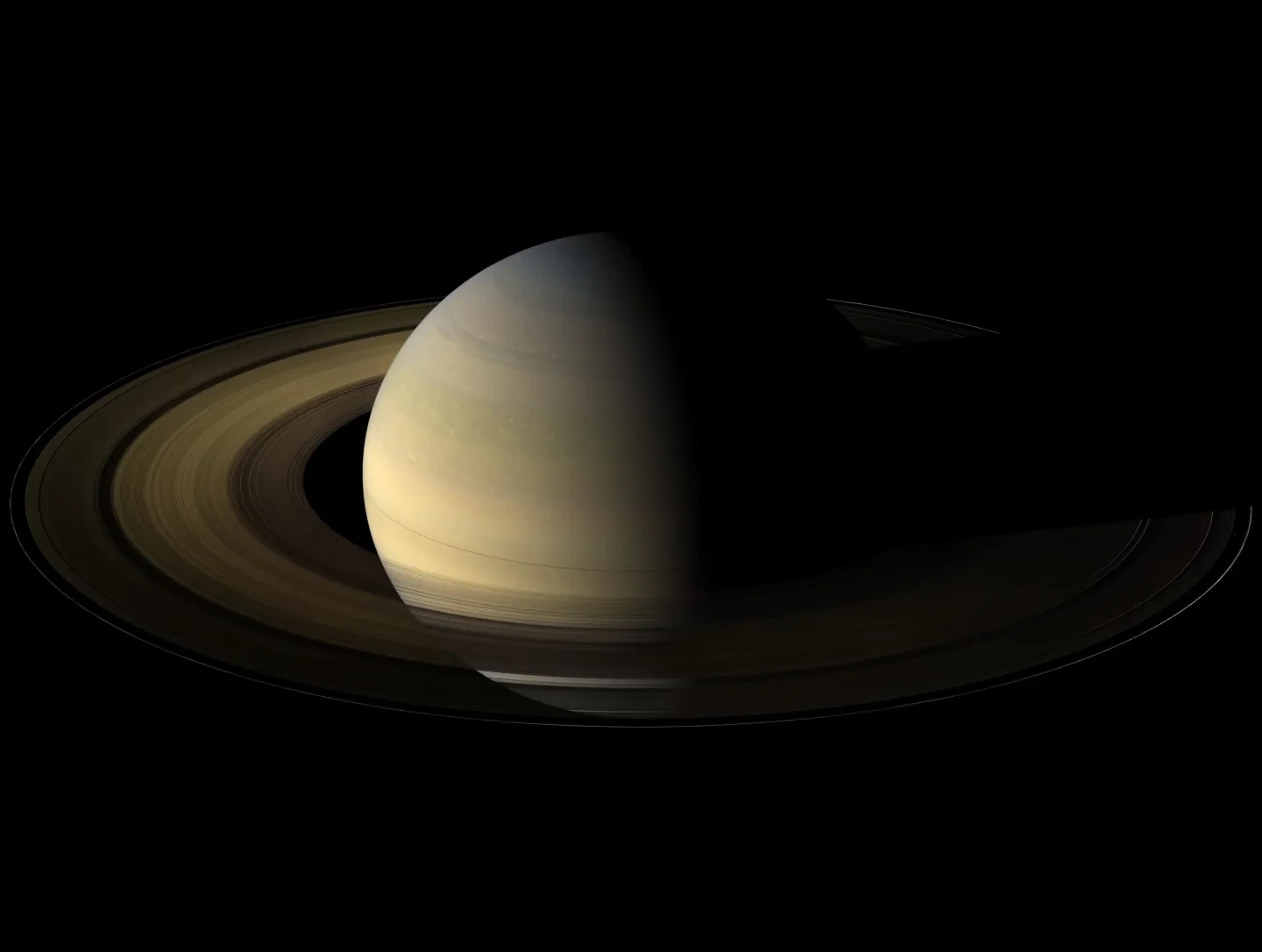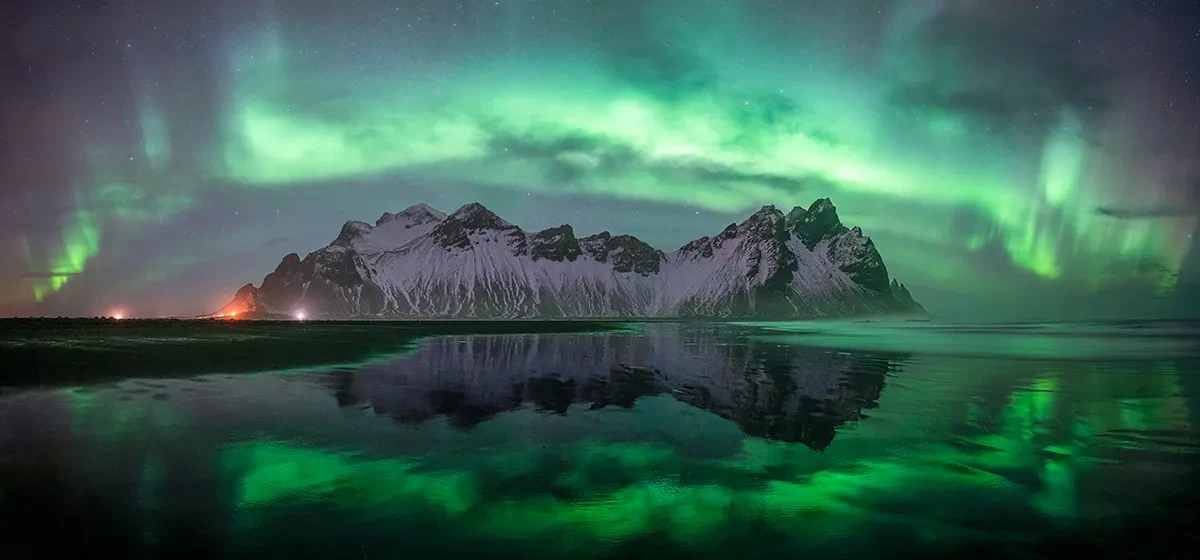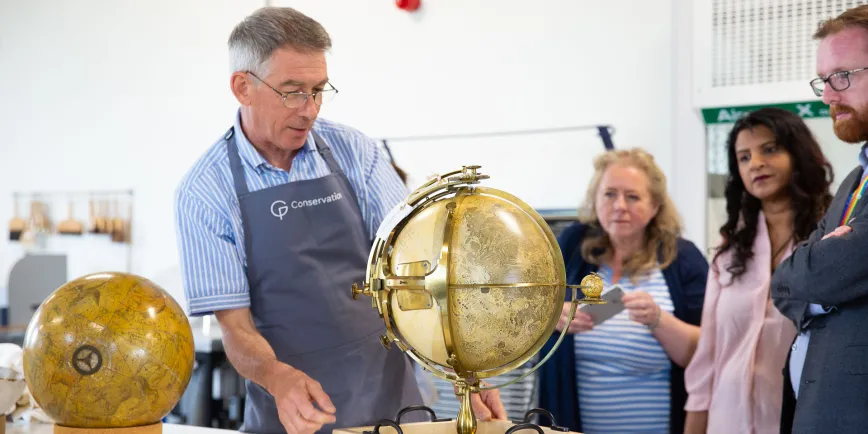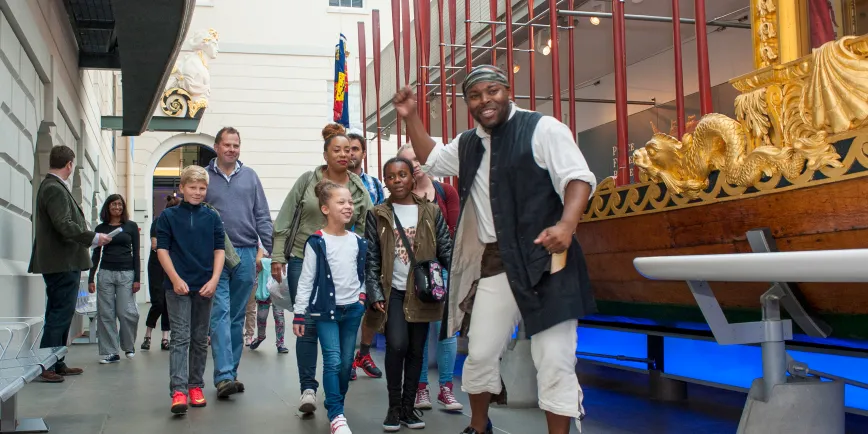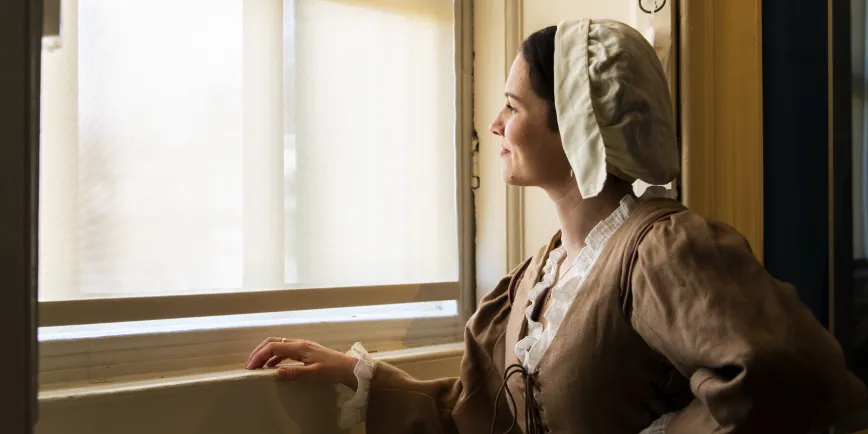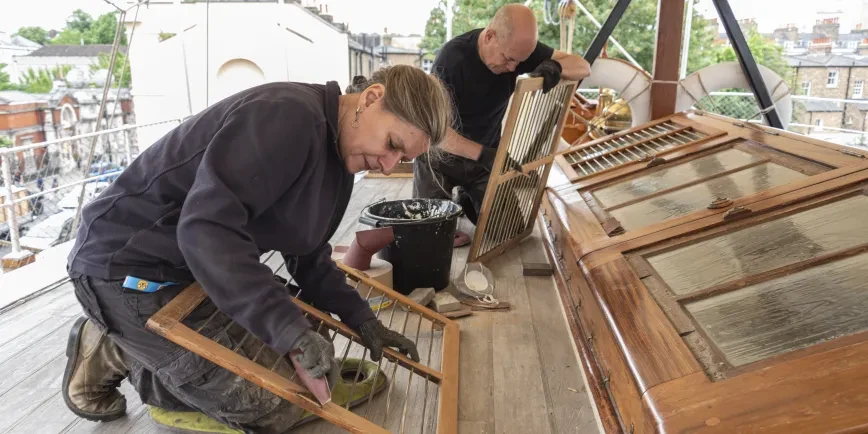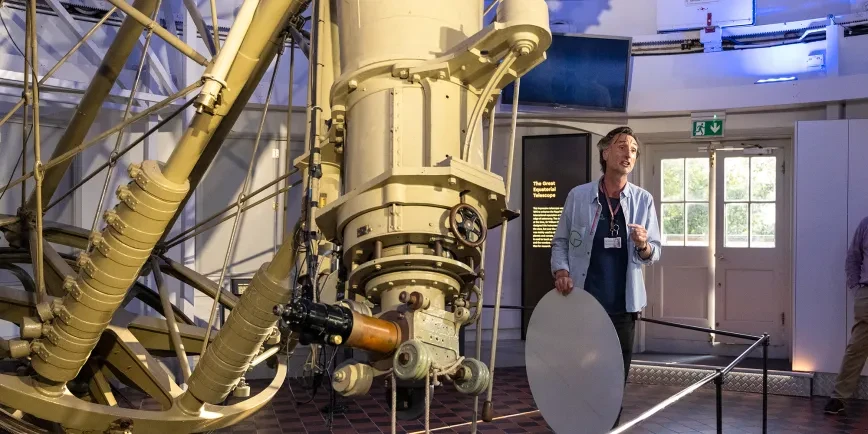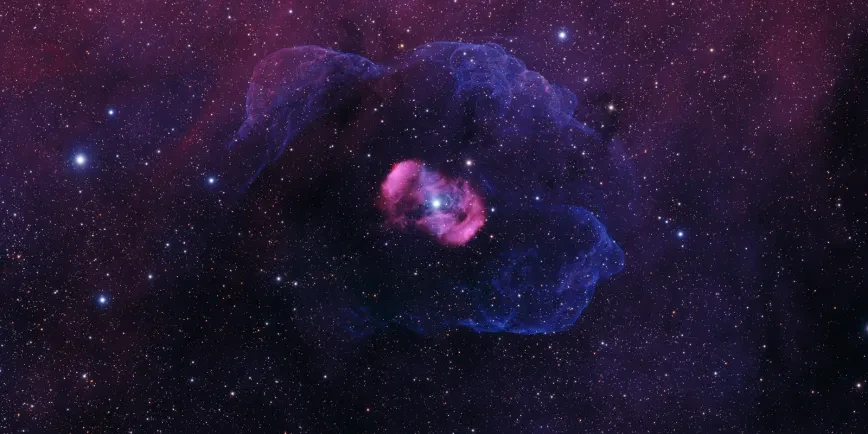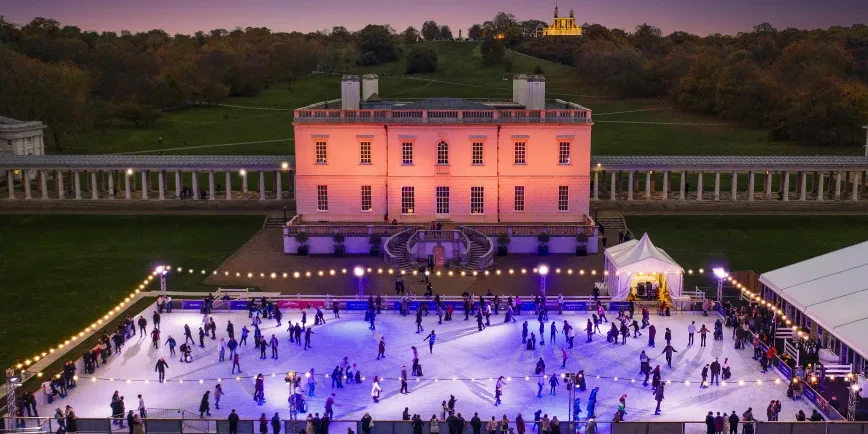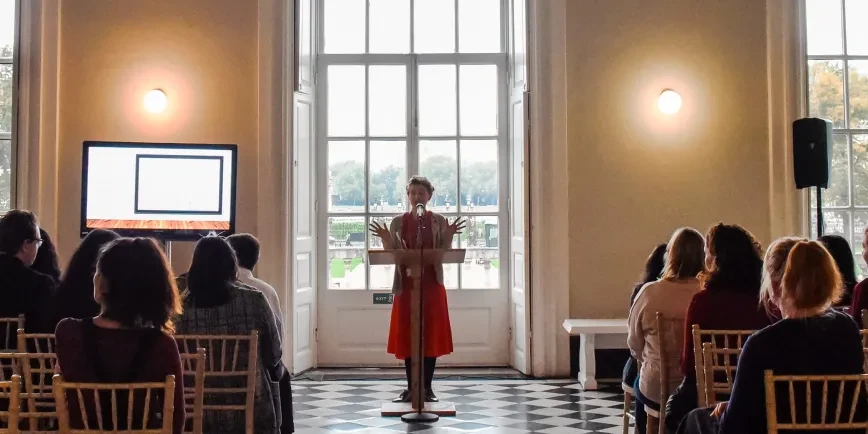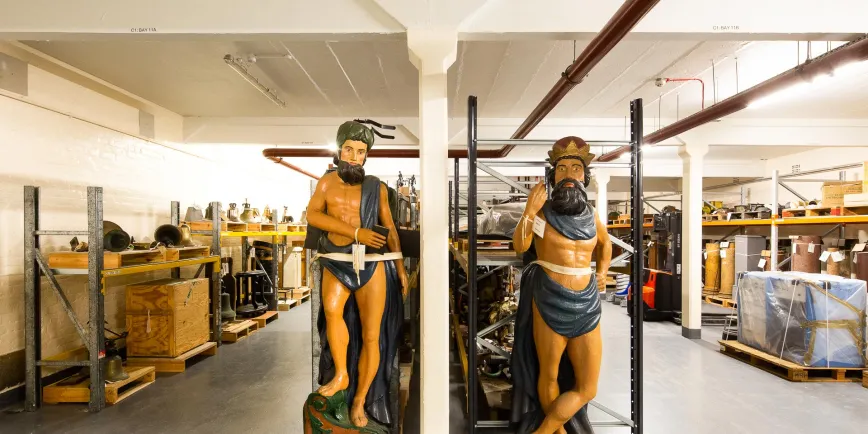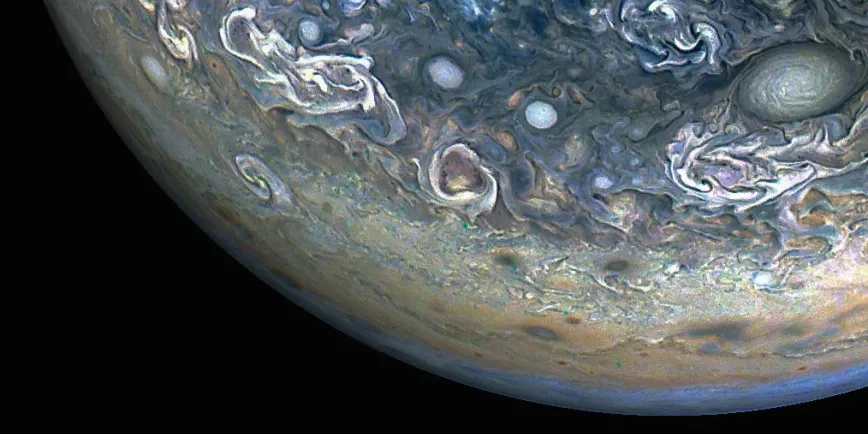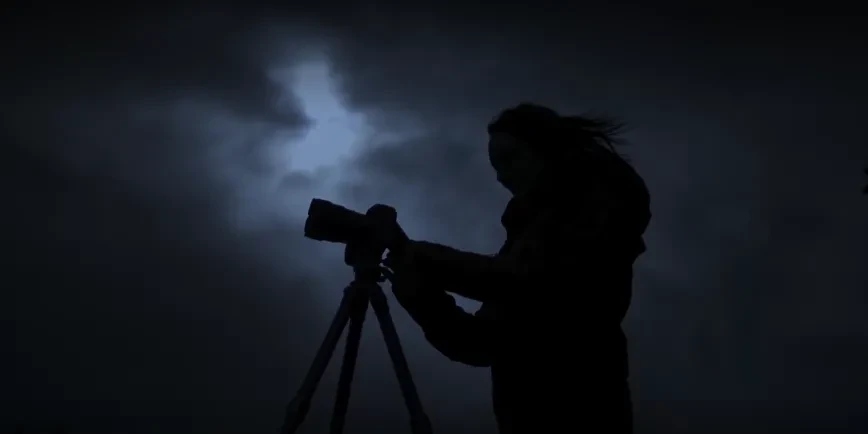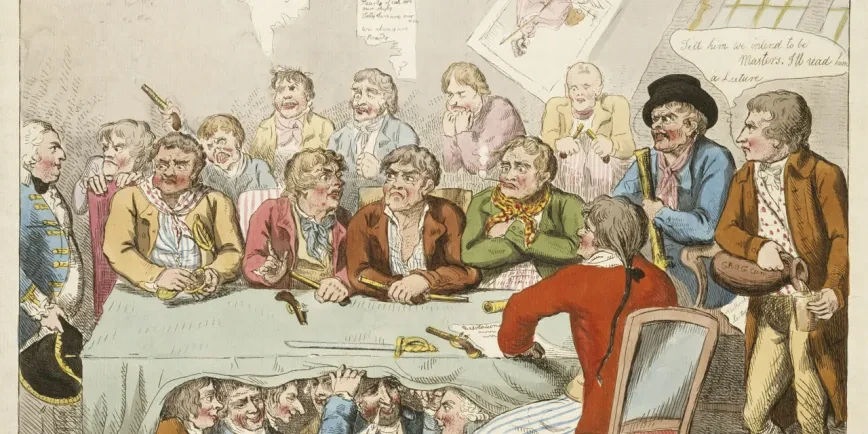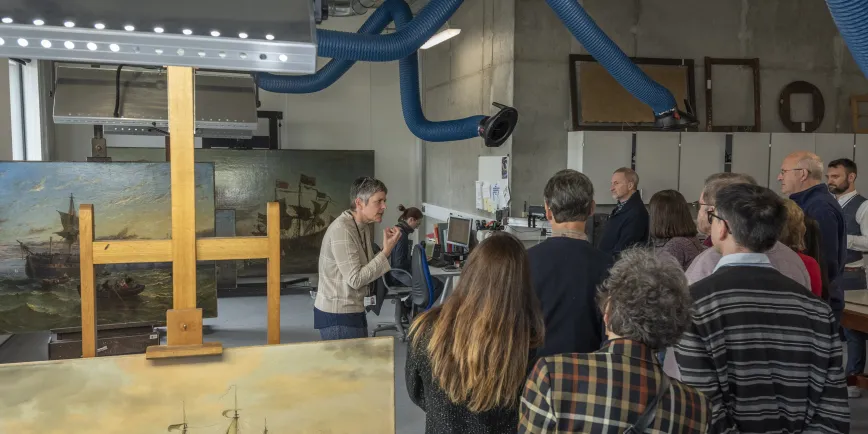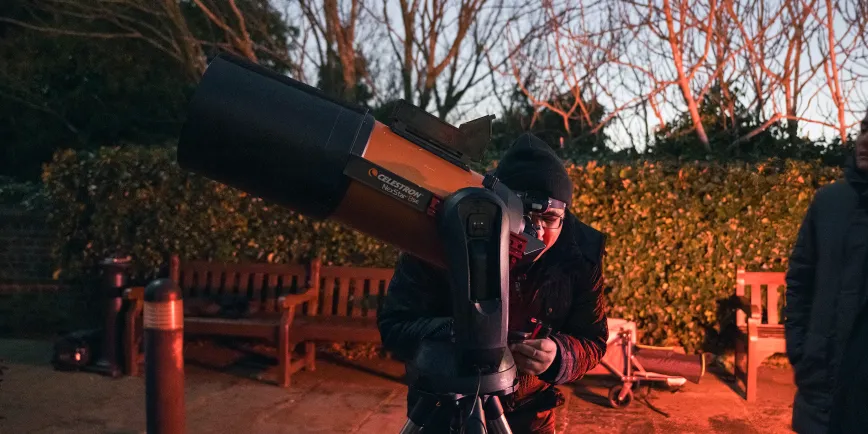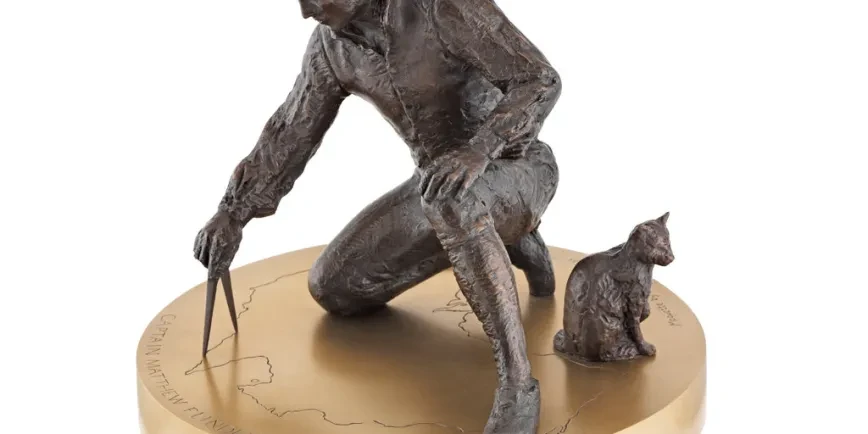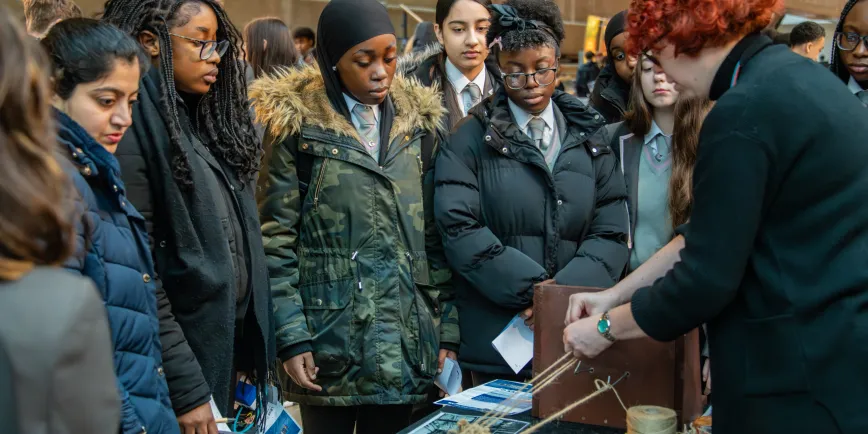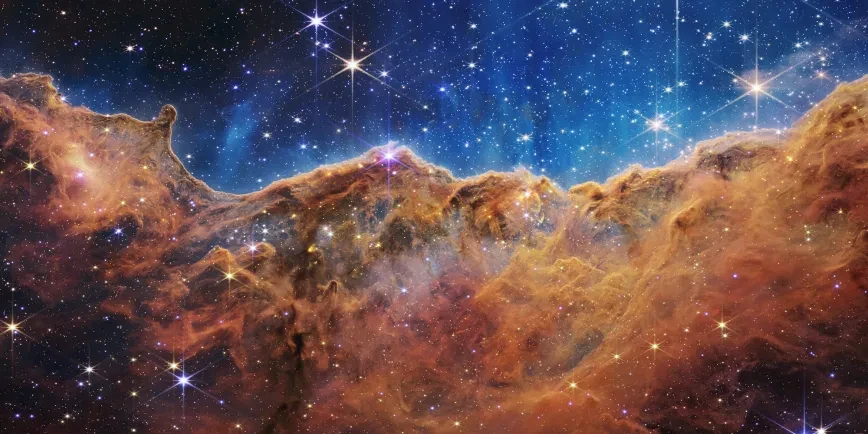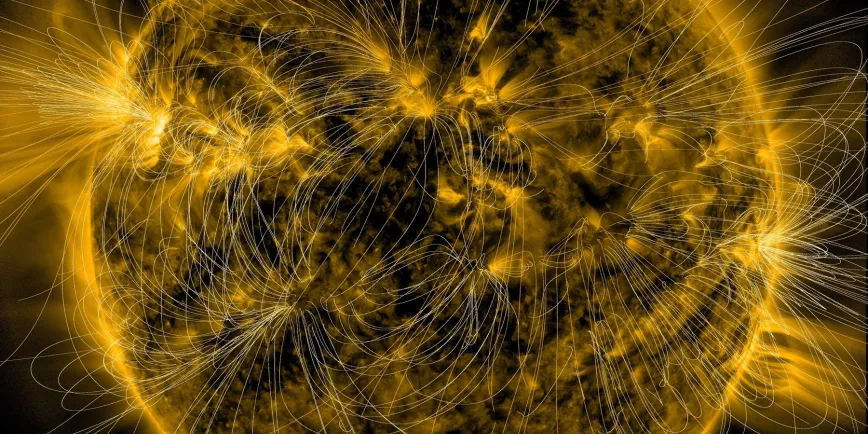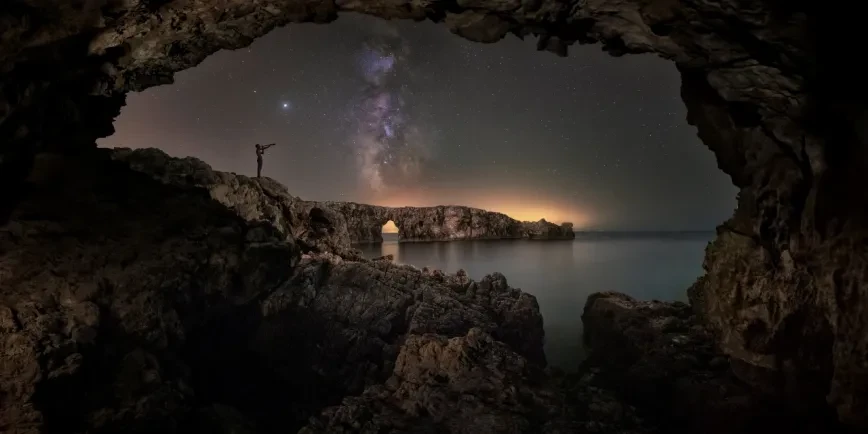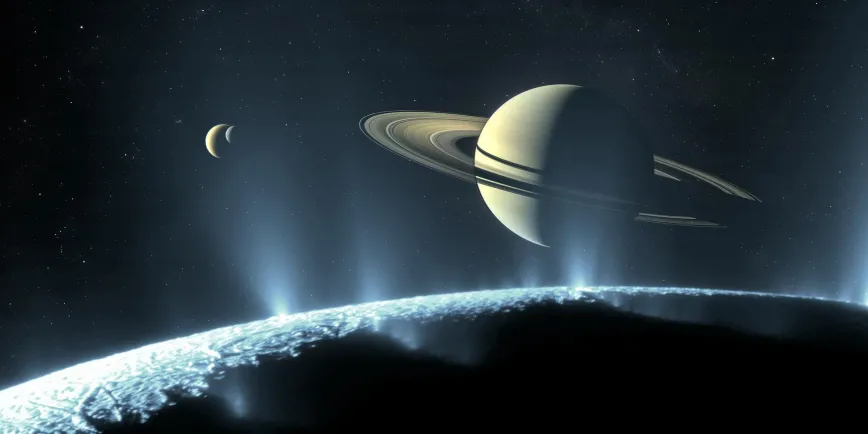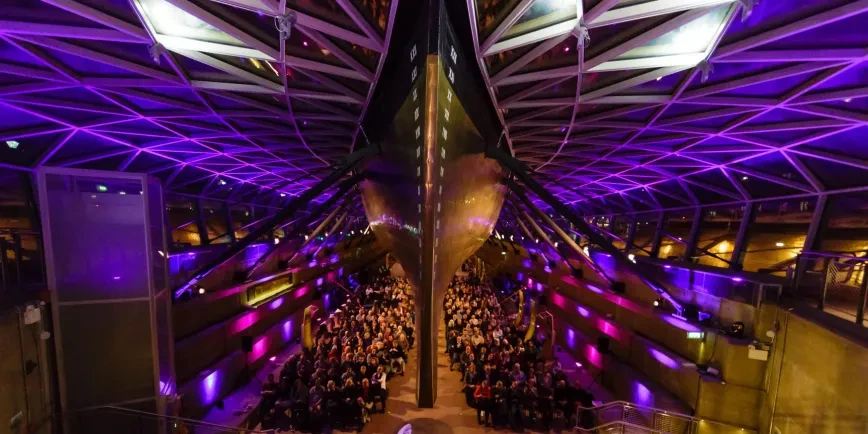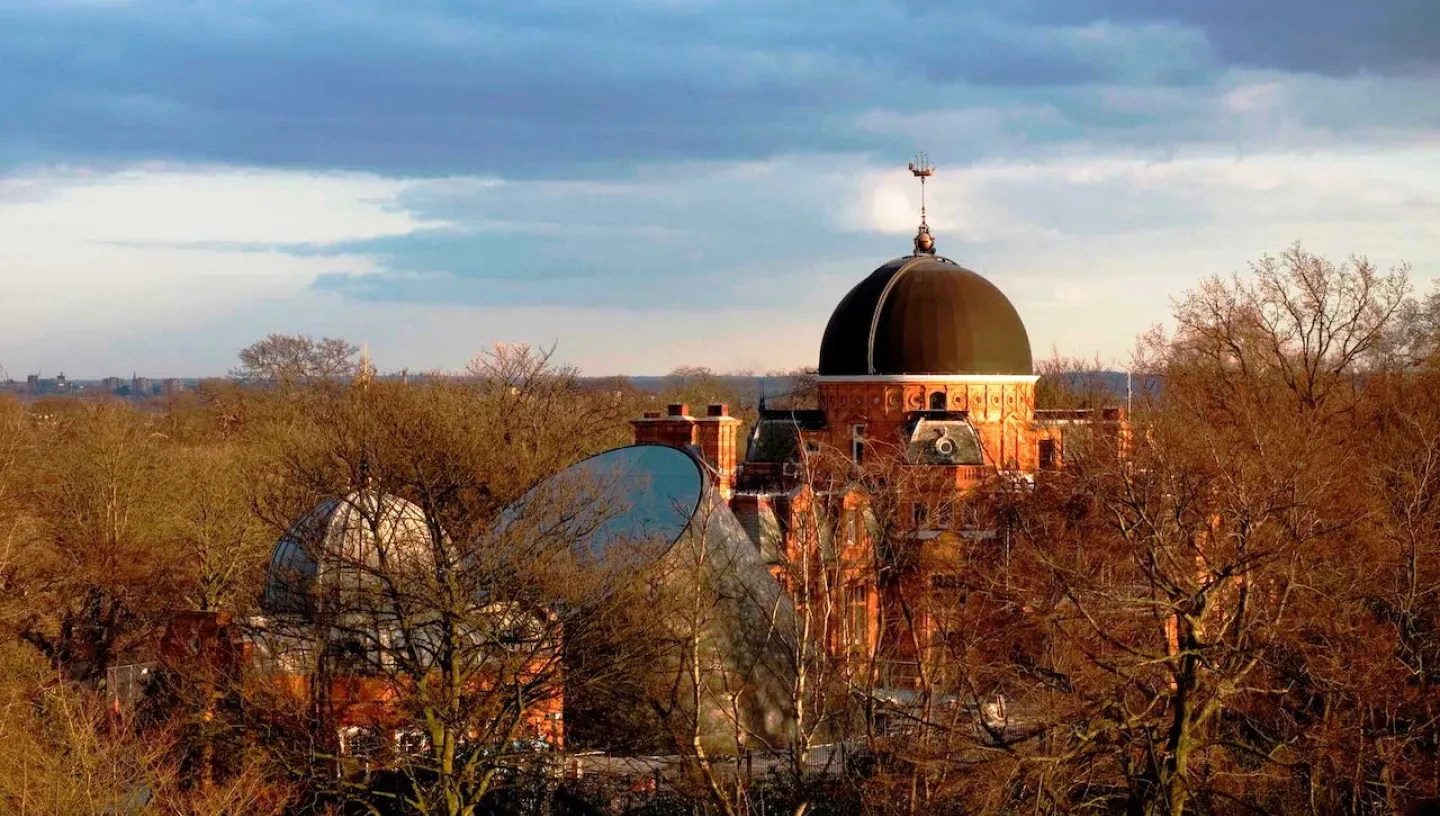
The autumnal equinox occurs in September each year, and in the northern hemisphere the date marks the end of summer and beginning of autumn.
The Earth is tilted on its axis. This means that the Sun illuminates the northern or southern hemisphere more depending on where the Earth is along its orbit.
However, at two points in the year the Sun will illuminate the northern and southern hemispheres equally. These are known as the equinoxes.
In 2026 the autumnal equinox will occur on 23 September at 12.06am GMT (1.06am BST).
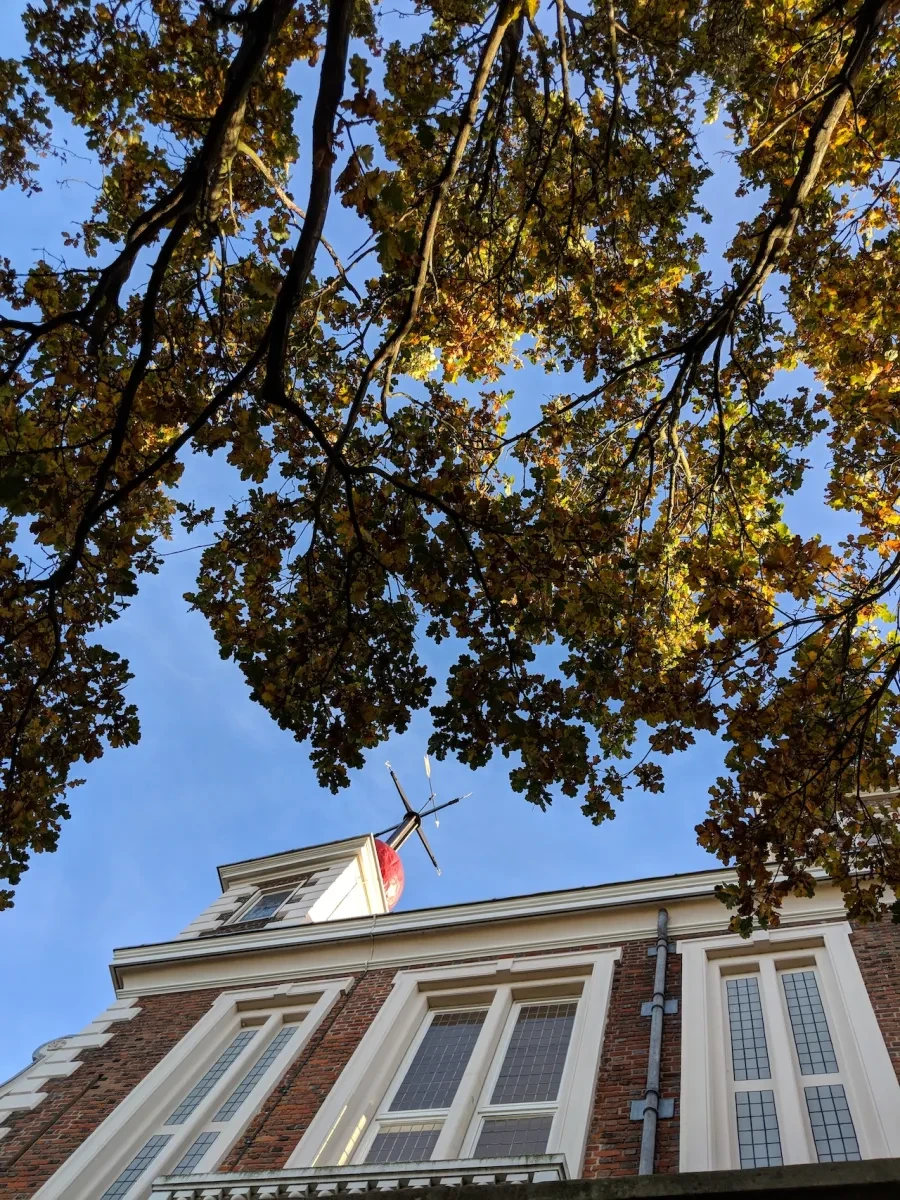
When is autumn?
There are three main different ways of defining autumn: astronomical, meteorological and phenological.
Astronomical
Astronomically, the four seasons centre around the equinoxes and solstices. However, there is disagreement between those who see the equinox or solstice as the start of the season, and those who hold that it represents the middle of the season.
Meteorological
By contrast, meteorologists tend to divide seasons into periods of three whole months based on average monthly temperatures, with summer as the warmest and winter as the coldest. On this basis, for most of the northern hemisphere the autumn months are usually September, October, and November.
Phenological
The third way of defining autumn is to use what are known as phenological indicators. These cover a range of ecological and biological signs, such as the leaves falling off the trees and the migration of birds to warmer climates. These events of course are greatly influenced by weather and climate, and so changing climate could cause autumn to start earlier or later than the standard astronomical or meteorological definitions.
Visit the Royal Observatory to find out more about the history of measuring time and the seasons.
Autumnal equinox facts and customs
The Harvest Moon is the name given to the full moon that occurs nearest to the autumnal equinox. Historically the light of the Harvest Moon was said to enable farmers to work late into the night, helping them to bring in the crops from the fields. The Harvest Moon usually falls in September.
Saturn also has equinoxes, but because it takes almost 30 years to orbit the Sun, they only happen about every 15 years.
For those located at high northern hemisphere latitudes, the autumnal equinox paves the way for increased chances to see the aurora borealis. According to NASA, the equinoxes are prime time for the Northern Lights, and geomagnetic activities are more likely to take place in the spring and autumn than in the summer or winter.
Mabon is a modern Pagan ritual marking the autumnal equinox. The ritual gives thanks for a plentiful harvest and recognises the need to share the Earth’s fruits in the coming winter months. It is the second of the three Pagan harvest festivals, which include Lammas/Lughnasadh and Samhain.
In Japanese culture, the autumn equinox is celebrated with the tradition of Higan. It is a time to remember deceased relatives, as well as mark the passing of the seasons. Higan officially lasts for seven days, beginning three days prior to the equinox and ending three days after it.
Because of time zone differences, the equinox can be on different days for different locations.

Photos of the autumnal equinox

"In 2021 I really got into imaging the Moon at a distance with something in the foreground," explains Astronomy Photographer of the Year entrant Hannah Rochford. "In this case, it is people enjoying the Full September Harvest Moon as it rises behind Glastonbury Tor.
"The first time I planned a moonrise (using PhotoPills) and saw the Moon rising was absolutely magical. I cannot explain how it felt. The perspective never fails to excite me. I took this from a few miles away from the Tor to get that ‘gigantic’ Moon look.
"Capturing the Moon is what led me into my deep-sky astrophotography journey, which is my favourite thing. A lot of people think that this is a composite, but it is one image. I took it with my 10-year-old, second-hand Canon camera."
Visit Astronomy Photographer of the Year to see more of the world's greatest space photography.

Visit the Royal Observatory
What’s on
Events at Royal Museums Greenwich.
